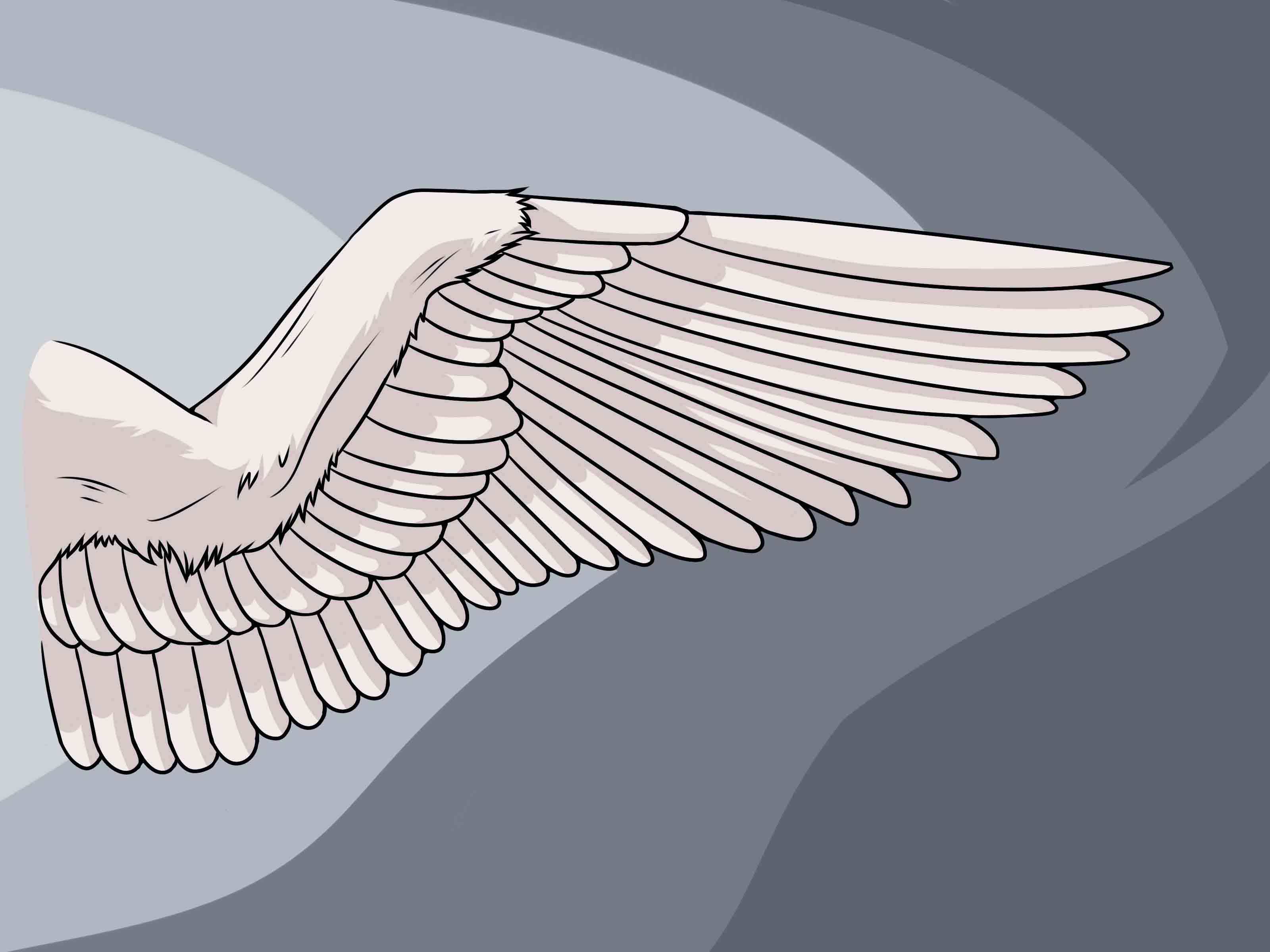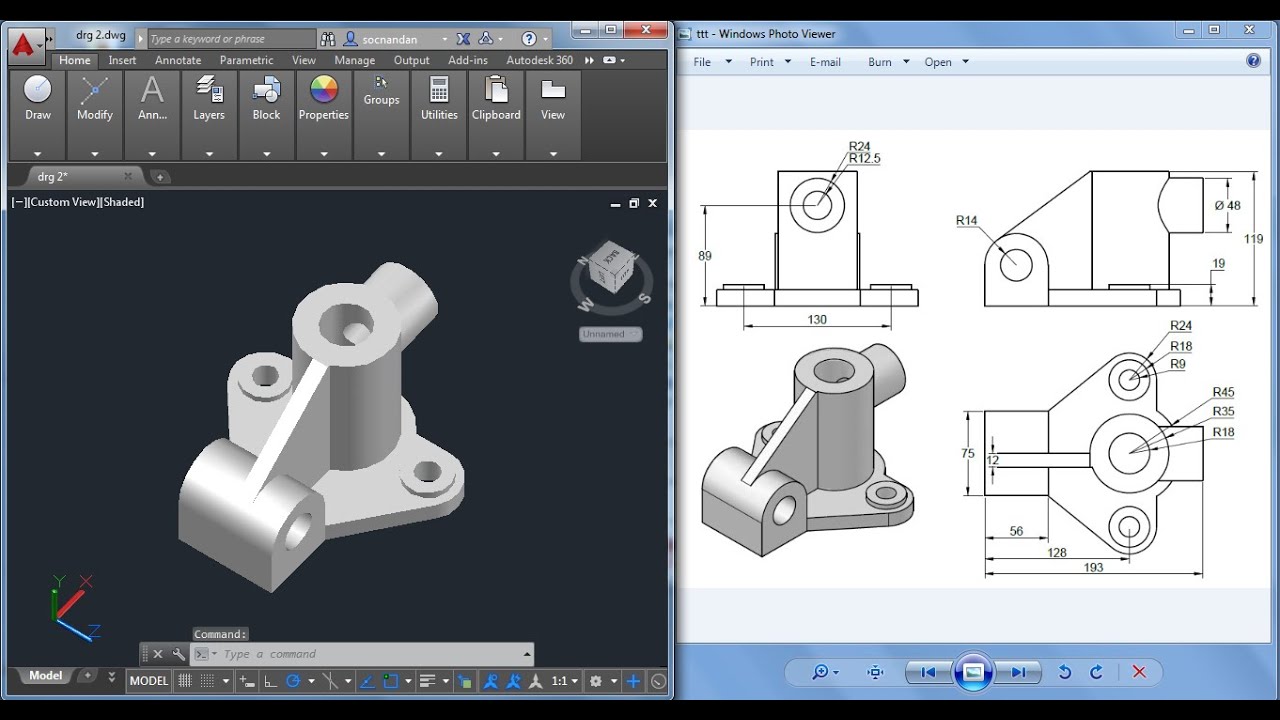Simple owl line drawing
Table of Contents
Table of Contents
Do you love owls but struggle to draw their unique wings? Learning how to draw owl wings is an essential skill for any bird artist, but it can be challenging to know where to start. In this article, we will explore the anatomy of owl wings and provide tips for creating realistic-looking wings.
Creating the perfect set of owl wings can be a daunting task, especially if you don’t know where to begin. Many artists struggle with getting the shape and size right, leading to hours of frustration and unsatisfactory results. However, with the right techniques and a bit of practice, anyone can draw stunning owl wings.
The best way to start drawing owl wings is by studying the bird’s anatomy. Owls have a unique wing shape that differs significantly from other birds, with long primary feathers that bend backward to create a distinctive “elbow” at the wrist. To draw realistic owl wings, focus on getting the primary feathers and the “elbow” joint correct, then build out the rest of the wing.
Now that we’ve covered the basics of owl wing anatomy, here are our top tips for creating realistic-looking wings:
Understanding Feather Layers
When drawing owl wings, it’s essential to understand the different layers of feathers. Owls have three primary layers of feathers: outer (covert), middle (secondary), and dense (downy). The outer layer is responsible for providing insulation and waterproofing, while the middle layer provides lift and propulsion. The dense layer keeps the bird warm and is often not visible.
When drawing owl wings, focus on getting the primary feathers in the middle layer correct first, then build out the outer layer little by little. Adding detail to the dense layer is optional and depends on the level of detail you want to achieve.
Choosing the Right Medium
The medium you choose to draw owl wings will significantly impact the outcome. Graphite pencils are excellent for creating fine detail, while charcoal can provide a more dramatic effect. Colored pencils and watercolors work well for adding vibrancy and texture, while ink can provide a stylized look.
Experiment with different mediums to see which works best for your style and preferences. Remember to practice on a range of paper types, as some media may work better on certain surfaces than others.
Adding Texture and Depth
One of the trickiest aspects of drawing owl wings is creating depth and texture. Owls have unique feather patterns that can be quite challenging to replicate accurately. However, there are a few techniques you can use to make your wings stand out.
First, use crosshatching and hatching techniques to create depth and shadow. Varying the pressure and direction of your strokes can also create texture and depth. Finally, consider using a kneaded eraser or blending stump to soften harsh lines and create a more subtle effect.
Practicing Your Technique
Like any skill, learning how to draw owl wings takes practice. Set aside time each day to practice drawing different wing shapes and angles. Reference photographs of real owls or other artists’ work for inspiration and guidance. Utilize online resources, such as tutorials and instructional videos, to learn new techniques and stay motivated.
Question and Answer
Q: What is the most challenging aspect of drawing owl wings?
A: Replicating the realistic texture and depth of the feathers is often the most challenging aspect of drawing owl wings. It’s essential to practice different shading techniques and experiment with different media to create a lifelike effect.
Q: How do I make sure the “elbow” joint of the wing looks accurate?
A: A useful technique for getting the “elbow” joint right is to first sketch out the primary feathers at the elbow, then work outwards, adding secondary feathers and details. Reference photos or illustrations of owl wings can also provide guidance on the joint’s shape and size.
Q: What is the ideal paper type for drawing owl wings?
A: The ideal paper type for drawing owl wings varies depending on the medium used. Generally, smoother surfaces work best for graphite and colored pencils, while rougher surfaces work well for charcoal and watercolor. Experiment with different paper types and textures to see what works best for your style and preferences.
Q: How do I avoid making my owl wings look flat?
A: Adding depth and texture is essential to avoid making your owl wings look flat. Use a combination of shading techniques, such as crosshatching and hatching, to create shadows and depth. Vary the pressure and direction of your strokes, and consider using a blending stump to soften harsh lines and create subtler effects.
Conclusion of how to draw owl wings
Learning how to draw owl wings can be challenging, but with the proper techniques and practice, anyone can create realistic and beautiful wings. Start by studying the bird’s anatomy, then focus on adding depth and texture to your work. Don’t be afraid to experiment with different media and paper types, and most importantly, set aside time to practice each day. With these tips, you’ll be drawing stunning owl wings in no time.
Gallery
Owl Wings Drawing Reference - Miinullekko

Photo Credit by: bing.com / eulen gezeichnet
Drawings Of Owls | Owl Owls Bird Wing Drawing Pictures, Owl Owls Bird

Photo Credit by: bing.com / owls owl drawings wings cute drawing draw easy wing bird twin across mini between tinypic joined baby realistic step eagle
Snowy Owl Wings | Owl Wings, Snowy Owl Art, Snowy Owl Tattoo

Photo Credit by: bing.com /
Wings Drawing - Cliparts.co

Photo Credit by: bing.com /
Simple Owl Line Drawing - Owl Open Wings Drawing Transparent PNG

Photo Credit by: bing.com / nicepng





